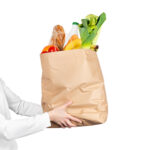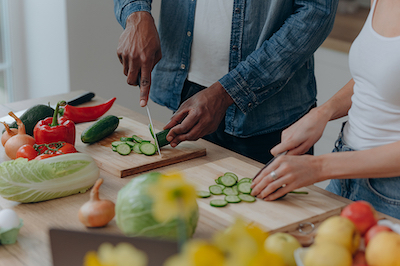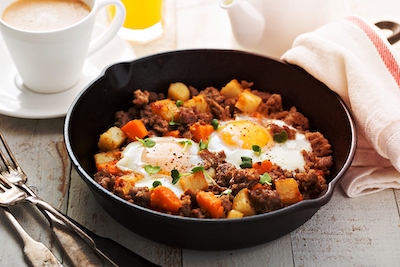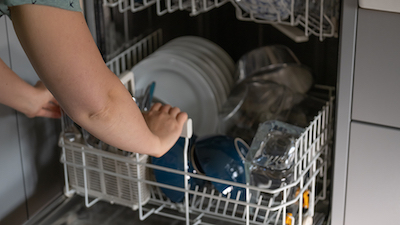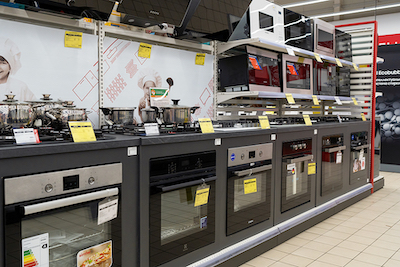Choosing the perfect cutting board can be a daunting task, especially when you’re torn between two popular materials: wood and plastic. Both have their merits and drawbacks, but which one is better suited to your kitchen? In this article, we’ll delve into the key differences, benefits, and downsides of wood and plastic cutting boards, ultimately helping you make an informed decision.
Wood Cutting Boards
Advantages
- Aesthetics and Feel. Wooden cutting boards are known for their natural, warm, and rustic appearance, which can add charm to any kitchen. The tactile experience of cutting on wood is also satisfying, as the material has a gentle give that many chefs appreciate.
- Self-Healing Properties. One of the most significant advantages of wood is its self-healing property. When you cut on a wooden board, the knife’s edge goes between the wood fibers, which later close up, leaving fewer visible knife marks over time.
- Antibacterial Properties. Studies have shown that wooden cutting boards have natural antibacterial properties. The porous nature of wood allows it to absorb bacteria, which then dies off as the board dries. This can help reduce the risk of cross-contamination.
- Eco-Friendliness. Wood is a renewable resource and biodegradable, making wooden cutting boards an eco-friendly choice. Additionally, some wood types, like bamboo, are particularly sustainable due to their fast growth rate.
Disadvantages
- Maintenance. Wooden cutting boards require regular maintenance to keep them in good condition. They should be oiled periodically to prevent warping and cracking. They should also be hand-washed and dried immediately to prevent water damage.
- Cost. High-quality wooden cutting boards can be more expensive than their plastic counterparts. However, with proper care, they can last for many years, making them a worthwhile investment.
- Weight. Wooden cutting boards can be quite heavy, especially those made from hardwoods. This can make them cumbersome to move and store.
Plastic Cutting Boards
Advantages
- Easy Maintenance. One of the main selling points of plastic cutting boards is their low-maintenance nature. They can be washed in the dishwasher, are generally lightweight, and require no oiling or special care.
- Cost. Plastic cutting boards are usually more affordable than wooden ones. This makes them an attractive option for those on a tight budget or who need multiple boards for different tasks.
- Non-Absorbent. Unlike wood, plastic is non-absorbent, meaning it doesn’t soak up liquids or harbor bacteria in the same way. This can make it easier to clean and sanitize, reducing the risk of cross-contamination.
- Variety. Plastic cutting boards come in various colors, making it simple to designate specific boards for different food types. This can further minimize cross-contamination.
Disadvantages
- Durability. While plastic cutting boards are initially more affordable, they tend to wear out more quickly than wooden ones. They are prone to warping and melting if exposed to high heat, and deep knife cuts can cause irreversible damage.
- Aesthetics. Plastic cutting boards may not have the same visual appeal as wooden ones, as they can look cheap and utilitarian.
- Environmental Impact. Most plastic cutting boards are made from petroleum-based materials and are not biodegradable. While some boards are made from recycled materials, the overall environmental impact is still more significant than that of wooden cutting boards.
- Knife Dulling. Plastic cutting boards can be harder on knives than wooden boards, leading to faster dulling of the blade. This can result in theneed for more frequent knife sharpening and potential damage to your knives over time.
Factors to Consider When Choosing Between Wood and Plastic Cutting Boards
Food Safety. One of the main concerns when choosing a cutting board is food safety. Wooden cutting boards have natural antibacterial properties, while plastic cutting boards are non-absorbent and can be easily sanitized. To minimize cross-contamination, consider using separate cutting boards for raw meats and other foods, regardless of the material.
Maintenance. Wooden cutting boards require more care and maintenance than plastic ones. If you’re not prepared to oil and hand-wash your cutting board, plastic may be the better choice for you. However, if you’re willing to put in the effort to maintain a wooden cutting board, it can last for many years and provide a superior cutting experience.
Aesthetics. The visual appeal of a cutting board can be an essential factor for some. Wooden cutting boards offer a timeless, warm, and charming look that plastic boards cannot match. If aesthetics matter to you, a wooden cutting board may be the better choice.
Durability and Longevity. Wooden cutting boards, when properly maintained, can last for many years, while plastic cutting boards tend to wear out more quickly. If you’re looking for a long-lasting cutting surface, a wooden cutting board may be the better investment.
Environmental Impact. If environmental sustainability is a priority for you, a wooden cutting board made from sustainably sourced wood or bamboo is the eco-friendlier option. Plastic cutting boards, while more affordable, have a more significant environmental impact due to their petroleum-based materials and non-biodegradable nature.
Conclusion
Both wood and plastic cutting boards have their pros and cons, and the choice ultimately comes down to personal preference and priorities. If you value aesthetics, durability, and eco-friendliness, a wooden cutting board may be the better choice. On the other hand, if you prioritize easy maintenance, affordability, and non-absorbency, a plastic cutting board could be a better fit for your kitchen.
In the end, it’s essential to consider factors such as food safety, maintenance, aesthetics, durability, and environmental impact when making your decision. Whichever material you choose, be sure to take proper care of your cutting board to maximize its lifespan and ensure safe food preparation.







